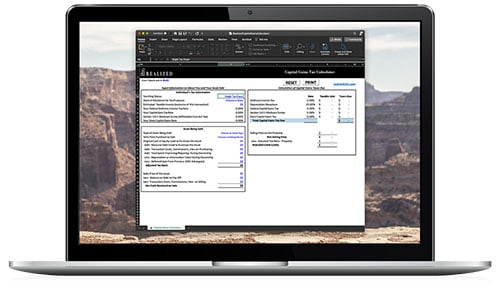
Since the IRS will tax a qualified dividend as a capital gain, while an ordinary dividend is subject to the same tax rate as other regular income, understanding the difference is essential. To be considered a qualified dividend and be eligible for the lower tax rate, a payment must meet the requirements established by the IRS. Because regular income rates top out at 37% and the capital gains percentage reaches a maximum of 20%, the savings may be notable. (Note that there is an additional 3.8% Net Income Investment Tax, which may apply to taxpayers with very high incomes.) The good news for taxpayers is that many dividends meet the qualifications for the lower rate.
The taxpayer can easily discern whether a dividend is ordinary or qualified by examining the IRS Form 1099-DIV that the payment is reported on. Box 1a shows the ordinary dividends, while 1b holds the qualified dividends paid to the taxpayer. But for the investor who wants to understand the difference, there are some helpful guidelines:
- The dividend must come from a U.S. company or a qualified foreign company. For a foreign company to qualify, it can either be also incorporated in the U.S. (or a U.S. possession), it can be eligible for the benefit of an income tax treaty with the U.S. (approved by the U.S. Treasury Department), or its stock can be traded on one of the securities exchanges in the U.S. The result is that most sizable or public foreign companies meet the definition of "qualified."
- The dividend must not be on the IRS list of non-qualifiers. This list includes dividends paid by REITs, delivered by a tax-exempt company, a master limited partnership, or obtained from employee stock options. Amounts paid from money market accounts are not qualified, and shares used for hedging (short sales and similar options) are disallowed.
- Taxpayers must satisfy the holding period requirements, which vary.
- For common stock, the taxpayer must have held the stock for over 60 days during the 121-day period that begins 60 days ahead of the ex-dividend date (the date on which the dividend is not due to a new buyer, or one day before the date of record).
- For preferred stock, the holding period is more than 90 days of the 181-day period that starts 90 days before the ex-dividend date.
- For mutual funds, the fund must have held the stock (unhedged) for the same period as per common stock rules, and the investor must have owned the mutual fund share for the same minimum.
As mentioned, for most U.S. investors, dividends will be qualified and thus taxed at the lower capital gains rate. The only action required for most investors is to keep an eye on the holding period requirements, as noted above. On the other hand, if your investment preference tends toward non-qualifying vehicles like Master Limited Partnerships and REITs (real estate investment trusts), you can't change the non-qualifying status of those dividends. Your tax advisor is the best source of information about the eligibility of the dividends coming to you.


